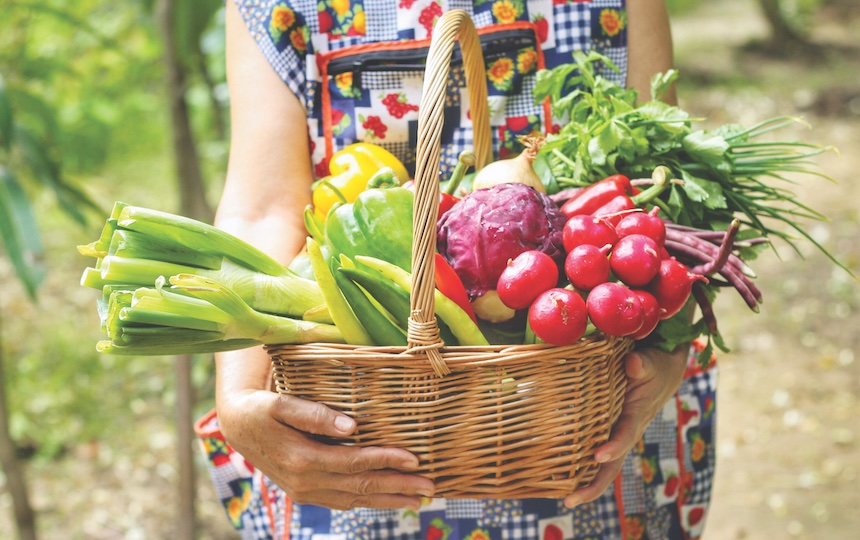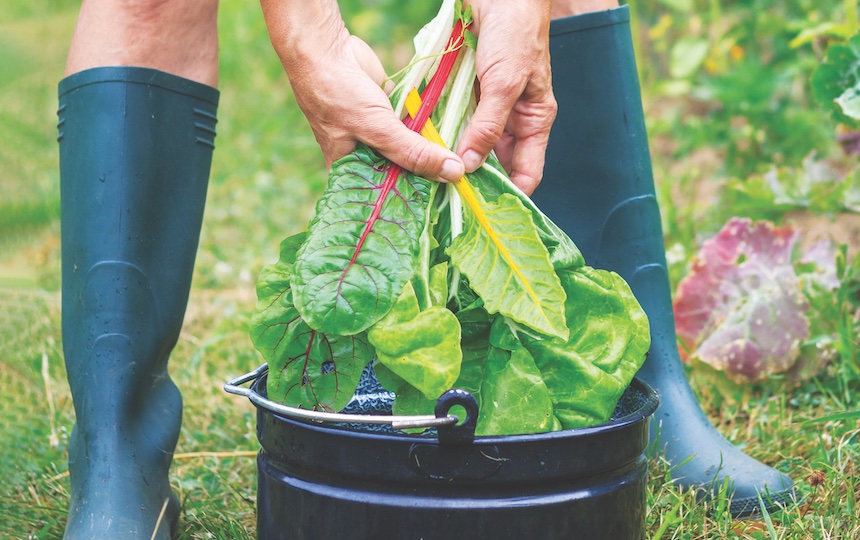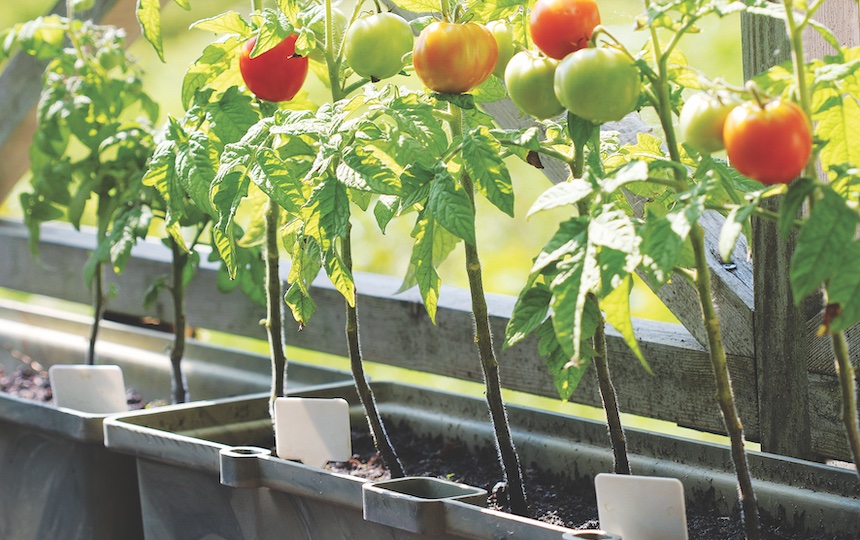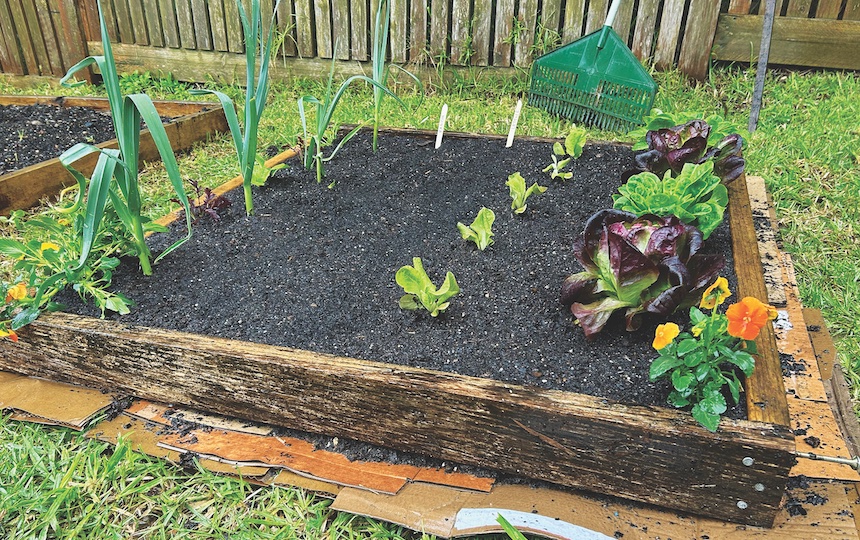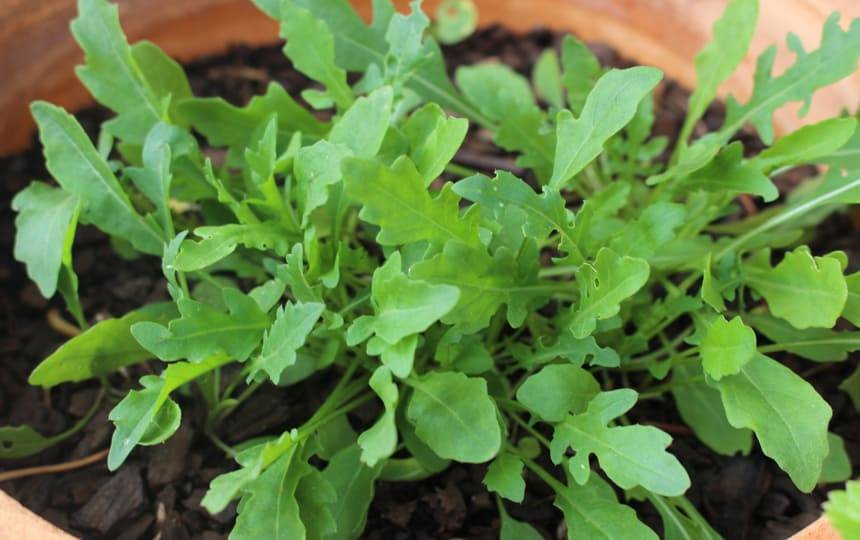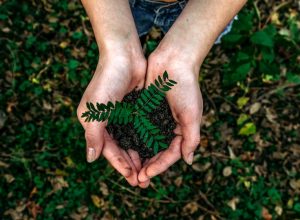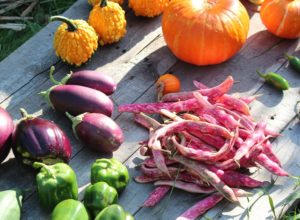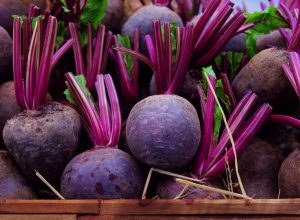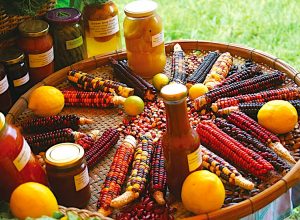We show you three ways to grow more food from your vegie patch.
Growing food is one of the most powerful things we can do. Not only can it have far reaching benefits into our communities and surrounding environments it can also improve our own health and wellbeing.
Growing your own food reduces pollution by reducing food miles, when done well it can build our soil health and when shared it can build communities.
Growing your own food reduces the intake of chemicals, increases our nutrient intake and brings down our household food bills, thus reducing the cost of living.
Taking time in the garden is also good for our mental health, it helps us connect to the seasons and with nature, and having our hands in the soil is good for our gut microbiota.
Ensuring you get the most bang for buck, so to speak, from your vegie garden is every gardener’s dream. We show you three ways to grow more food from your vegie patch.
1. Intercropping
A useful trick for getting more food out of a small growing space is to plant fast-growing crops in among slower ones.
Radishes, for example, will be ready to harvest just 30 days after sowing seed, so are great sown between, say, your tomato plants which will take months between planting out as seedlings and producing fruit.
Lettuce and salad mix are quick crops, too, and have shallow roots so shouldn’t compete with what you’re trying to get established nearby, just be aware that the slow-growing plants might eventually shade out what’s beneath it. Observe what’s happening and adjust the strategy as you go.
2. Succession planting
Planting out an entire punnet of something and not wasting seedlings can feel like the right thing to do, but a better way to reduce waste and lengthen your harvesting period is to plant or sow smaller amounts more regularly.
Having a dozen heads of lettuce all ready on the same day isn’t useful to many people, but having a couple of lettuces each week over six weeks means you’re getting the most out of your patch and balancing your effort with the output.
3. Cut and come again
Similarly, think abut the harvest each plant will provide and if there’s a more efficient option.
Unlike a plant such as cauliflower which will provide you with just one crop, you can harvest stalks and leaves from things like celery, chard and lettuce and leave them in the ground to continue producing.
It’s worth researching the habits of heirloom and unusual varieties, too. The produce we see in shops are generally bred to be shelf stable and to travel well, characteristics home gardeners don’t need.
Want to know more about growing your own food?
In Issue #29 of Pip Magazine, we show you how anybody can grow more food – no matter their skill level, space or time commitments. In this article we explore:
- How to build a quick no-dig bed
- How to grow food in a container garden
- Tips on what to grow when space is limited.
You can access this article online here as part of our digital subscription offering, or subscribe to the print version of Pip Magazine here.

